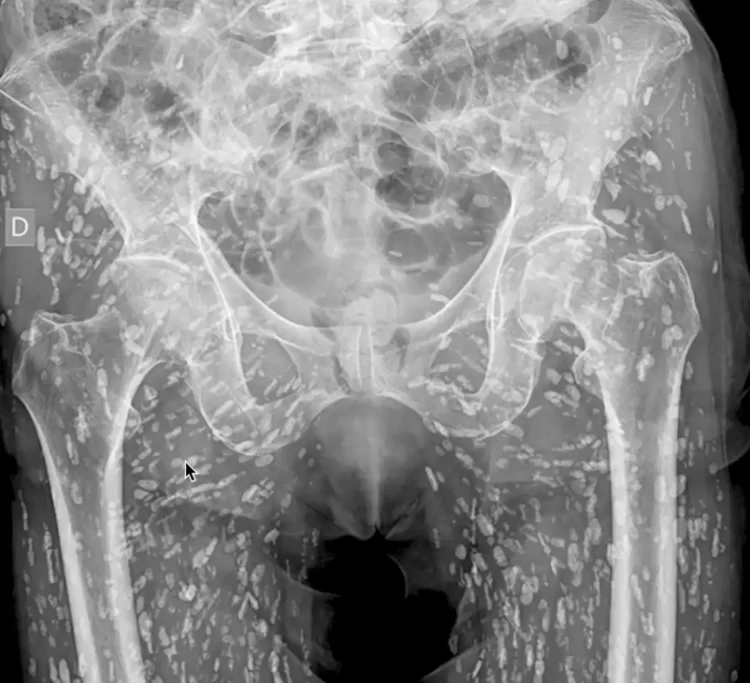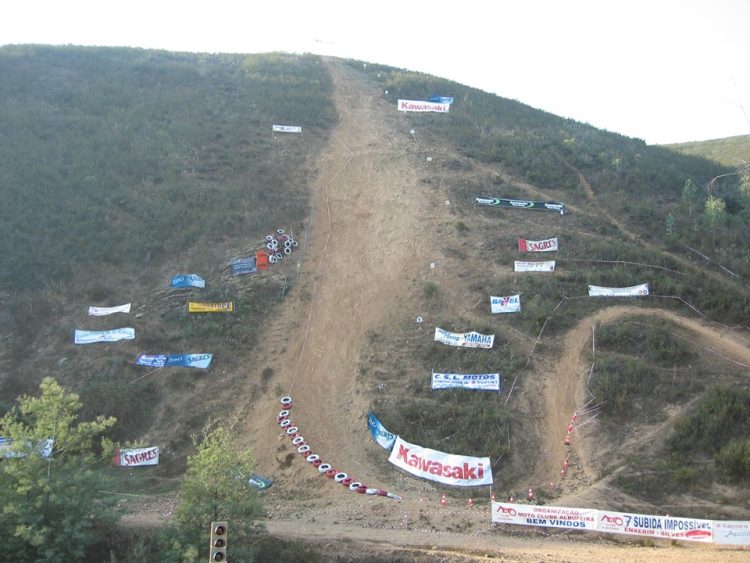Stroganina is a raw frozen fish delicacy from Yakutia, in northern Russia. It is a winter dish, consisting of long, thin slices of frozen Arctic river fish such as whitefishes, white salmons, cisco or sturgeon.
The dish is served with a dip made of equal parts salt and black pepper powder. It is sometimes decorated with wild red whortleberries and greens. Some of the best stroganina is made of freshly caught fish, frozen once. The taste, according to Yakutians, is soft, fresh and frosty.
I find the concept of stroganina very similar to Japanese sashimi, except that the latter isn’t served frozen. This technique of food preparation is very unique to Russia, where the frozen ground doesn’t allow for much fresh produce. The method evolved out of necessity, because the Russians had to store their meat somewhere, so they stored it in ice and consumed it raw.
To make stroganina, small holes are drilled into the frozen top layer of the river and the fish are pulled out. Once out of the water, the fish freeze at air temperatures of minus 25 degrees Celsius. The heads of the fish are swiped in ice for 15 to 20 minutes, until they stretch, tousle, straighten and finally freeze.
The fish is sliced into small portions after 10 to 12 hours of freezing, to avoid premature thawing. The trick is that the frozen fish must not melt until it is inside your mouth. Being served melted stroganina is considered a bit of an insult by the Yakutians.
Stroganina isn’t exactly cheap even in Yakutia, but in Moscow it is insanely expensive. It is best had as a starter with vodka, Russia’s alcoholic drink of choice. The best time to have stroganina is between December and February, at the Tygyn Darkha Restaurant and the Chochur Mouran ethno complex in Yakutia. But if you want the real thing, you can always go ice-fishing and slice it up fresh!
Photos: Sergei Nikita, Nikolai Borisovich














